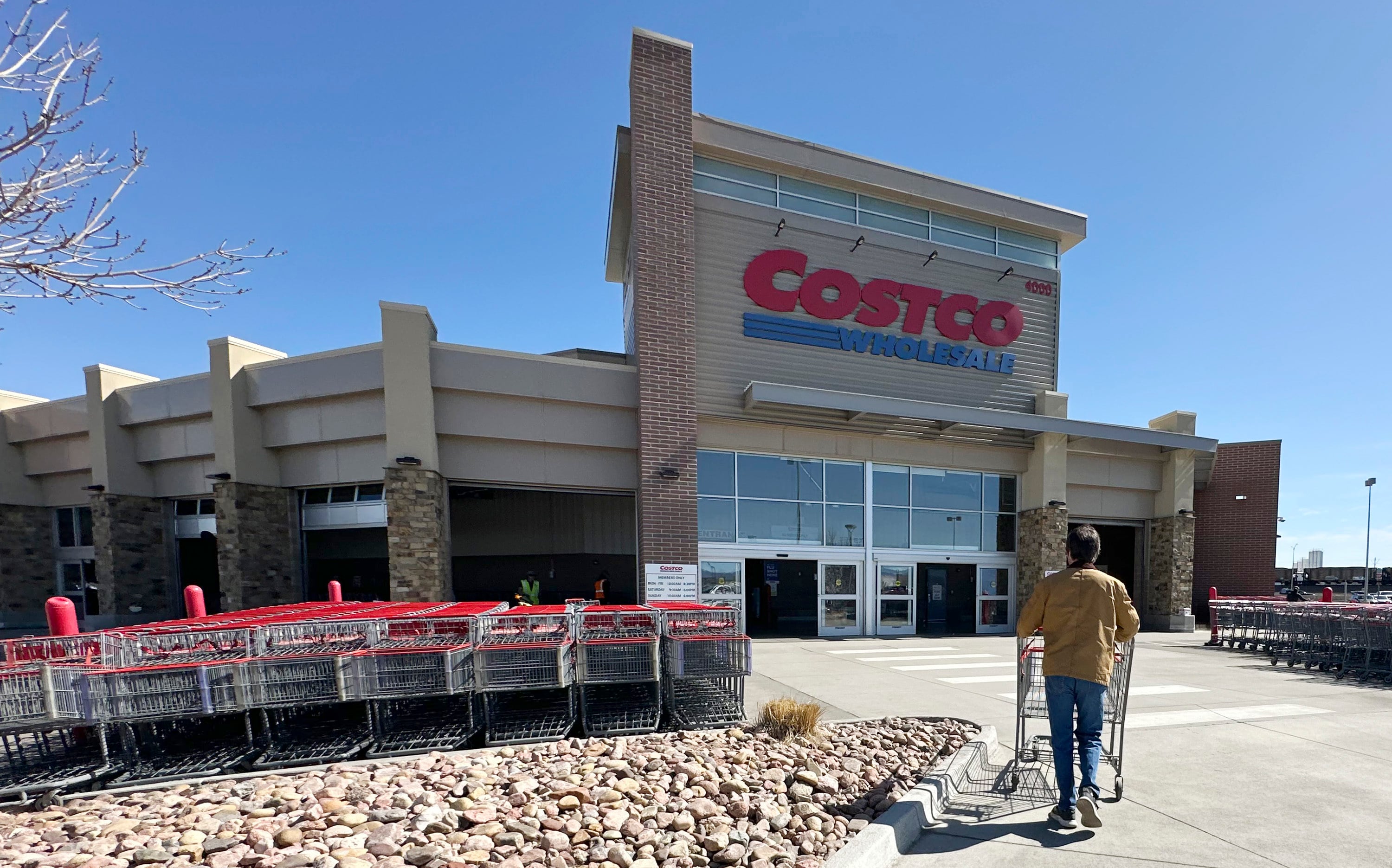This story was first published on Entrepreneur.com.
By Arthur Langer — Entrepreneur Leadership Network Writer — Workforce Development Expert and Professor
Amid a rocky administration transition, a disrupted economy due to the global health crisis, and renewed protests against systemic racism, U.S. citizens are demanding change. Now is the time for policymakers to invest in a massive workforce development movement and for businesses to invest in local, diverse talent. As the founder of Workforce Opportunity Services, a global nonprofit that trains and places veterans and people from underserved communities in corporate jobs, I have seen first-hand that these seemingly disparate issues are deeply intertwined. As we search for legislative and cultural solutions to the upheavals of 2020, we must marry our conceptions of racial and economic justice.
Technology was already revolutionizing the workforce, but the economic landscape that is taking shape is markedly different from the one we saw as 2020 began. If we do not acknowledge the nation’s racial reckoning and the changing needs of an increasingly digital economy, then our workforce will not be prepared for the fundamentally altered economy that will greet them.
In an age of profound uncertainty, we can be sure of two things: First, the economy, cyclical by nature, will eventually recover. Second, the prevalence of tech jobs will skyrocket in 2021 and beyond. Now is the time for policymakers to invest in a massive workforce development movement and for businesses to invest in local talent and commit to supporting a more diverse workforce.
Related: When You Say There's a Limited Pool of Black Talent, Here's What You're Revealing About Yourself
Deconstruct barriers
New York State alone lost 1.8 million jobs in the first months of the pandemic. To reintegrate these workers into an increasingly digital economy, we must deconstruct barriers that have made tech jobs inaccessible to a broad spectrum of the population. The fact that the tech industry is whiter and wealthier than the population at large is not news. Prominent companies such as Google are still behind the curve in diversifying their workforce: According to a 2020 report from Google, in 2019, 73% of Google's tech employees were men, 5.5% were Latinx, and only 3.5% were Black.
Looking across the industry at large, the picture is not much better. According to an article in Wired, tech giants Microsoft, Facebook, and Apple have less than 30% female tech workers, and their share of Black and Latinx tech workers lags behind that of the population as a whole. Beyond Big Tech, women, Black, and Latinx employees are vastly underrepresented in computer and engineering jobs—and in some cases, those percentages have been on the decline for decades.
Diversifying the tech industry will take more than pledges or scholarship programs — it requires reconsidering how we recruit talent and what we value from potential employees. The implementation of policies akin to the NFL’s "Rooney Rule," a requirement that BIPOC candidates are considered for each position, is one strategy. Another is to think locally and outside the box.
Hire local talent
America has more than enough capable workers to fill the gap in tech talent, but for too long, companies big and small haven’t seen what is right in front of them. Think of all the ways employers screen potential employees: Some positions require a bachelor’s degree, which indiscriminately excludes 66% of the American workforce. For workers who do have degrees, the rubber-stamp of certain institutions can leapfrog one applicant ahead of dozens of others who may be just as qualified.
Many job seekers I work with — veterans and people from underserved communities — did not have the opportunity to attend college. But the strengths that these experiences can develop in potential employees are manifold: dedication, creative problem-solving, perseverance and more. Once they've gained digital skills through tech training programs, such workers should be prime candidates for the nearly one million unfilled tech jobs in the U.S. But barriers remain.
Related: The Top 10 Tech Jobs Where You Might Not Need a College Degree
The traditional hiring practices of the tech industry overlook the strengths of these workers and focus on their assumed drawbacks. Though these measures are intended to help identify the strongest applicants, they ignore the systemic roadblocks that disproportionately affect Black, Latinx, and Indigenous communities. If we continue to approach hiring tech talent with a one-size-fits-all model, everyone — from applicants to companies to the economy at large — loses out.
Invest in workforce development
An ambitious investment in workforce development is the practical first step in making an American economy that works for everyone. Investing in employment training centers for veterans, people transitioning from incarceration, and underserved students will open up economic recovery to the whole population, rather than just a privileged few. In doing so, we can ensure that the emerging labor landscape will be both stronger and more equitable.
As the economy slowly climbs back upward, it would be foolish to operate exactly as we did before. "Before" was not working sustainably. Let's seize the opportunity to make workforce development a national priority and create a market that is in tune with all Americans and adapted to the upheavals of a digital future. The talent to fill every tech job in America is right in front of us — all we need to do is give it space to flourish.
Opinions expressed by Entrepreneur contributors are their own.









